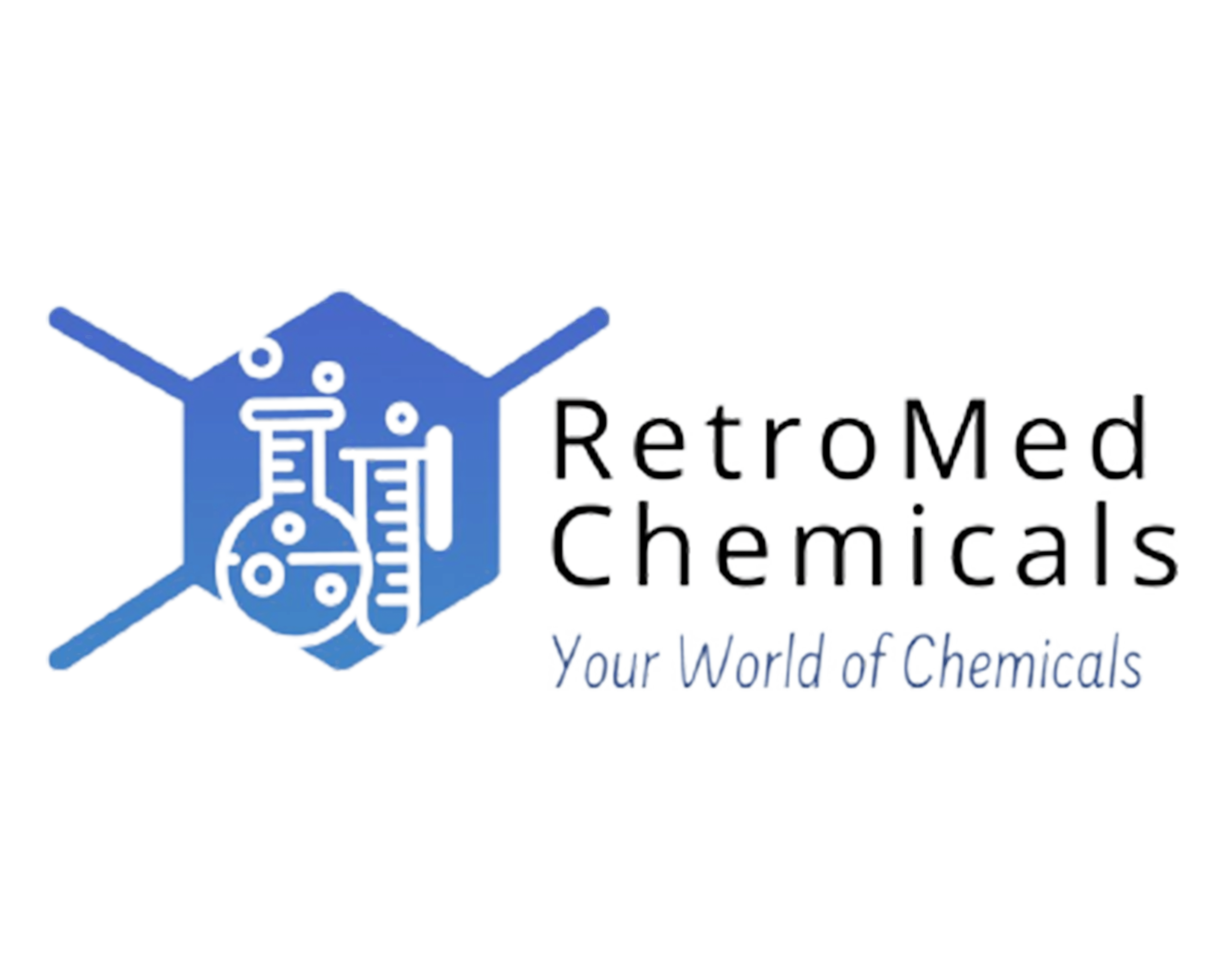OUR SERVICES

Our Notable Services
Medicinal Chemistry
Medicinal chemistry is discipline at the intersection of chemistry, especially synthetic organic chemistry, and pharmacology and various other biological specialties, where they are involved with design, chemical synthesis and development for market of pharmaceutical agents, or bio-active molecules (drugs).
Custom Synthesis
Custom synthesis refers to the exclusive synthesis of substances on behalf of the client, i.e., you may order a certain molecule that is only produced at your request, on the scale, with the purity, and using the specifications or procedures you desire.
Library Synthesis
A chemical library, also known as a compound library, is a collection of compounds that are typically employed in industrial manufacturing or high-throughput screening. A collection of chemicals that have been kept can serve as the chemical library’s basic structure. Each chemical has related data kept in a database of some type, including the chemical composition, purity, amount, and physiochemical properties of the substance.
Preparation of Key Intermediates
The manufacture of benzylmethacrylate esters—important intermediates in the synthesis of coenzyme Q10 and its derivatives—using an alternate catalytic method has been described. By using the catalytic synthesis of allylarenes and subsequent cross-metathesis to preferentially create E-benzylmethacrylate esters with high yields (58–64%) and perfect E-selectivity, this method avoided unfavourable stoichiometric reduction/oxidation processes. The formal synthesis of coenzyme Q10 and one derivative utilised the common key benzylallylic alcohols that were created from the ester intermediate reductions (90–92% yield).
Preparation of Metabolites
A metabolite is an intermediate or final result of metabolism in biochemistry. [1] Small molecules often fall within this category. Fuel, structure, signalling, stimulating and inhibiting effects on enzymes, catalytic activity on their own (often as a cofactor to an enzyme), defence, and interactions with other species are just a few of the many roles that metabolites play (e.g. pigments, odorants, and pheromones).
Preparation of Impurities
When they interfere with the material’s ability to function, impurities can be detrimental. Examples include leaf fragments in unused white paper and ash and dirt in metals. Impurities are often removed chemically. For instance, calcium carbonate is added to the blast furnace during the production of iron to remove silicon dioxide from the iron ore. An commercially significant approach for the purification of semiconductors is zone refining.
Preparation of Reference Standards
The following guidelines are often followed in the preparation of the reference standard materials: High purity diluents and neat materials that have been fully described. meticulous assignment of chromatographic purity using a variety of techniques. Analyses of remaining contaminants, such as water, inorganics, and solvent.
Process research and development
The set of creative activities carried out by businesses or governments in the development of new services or products, as well as the improvement of existing ones, is known as research and development (R&D or R+D) in Europe. Research and development also refers to the first stage of the development of a potential new service or the production process.

